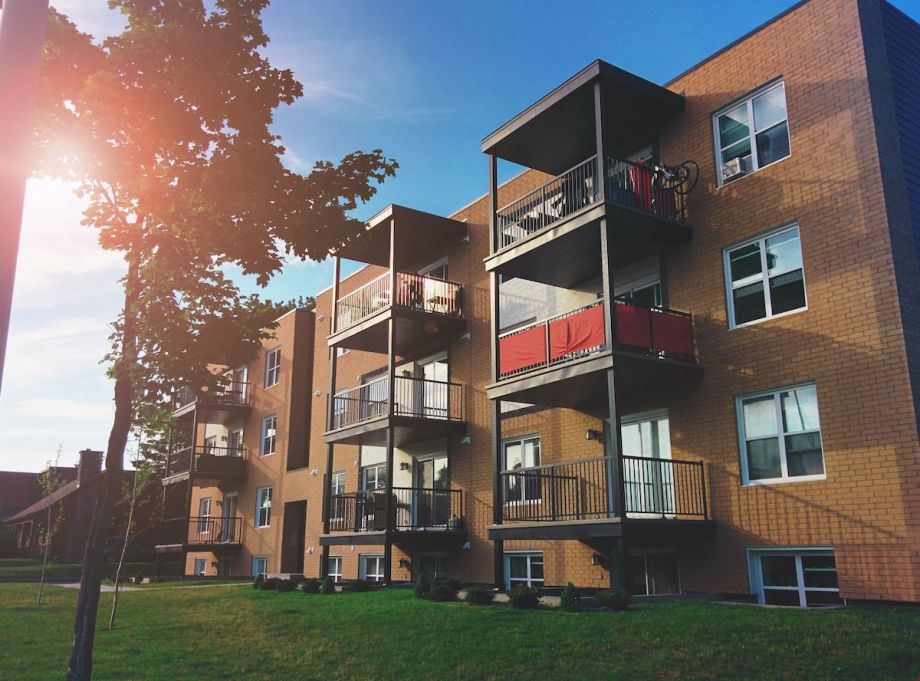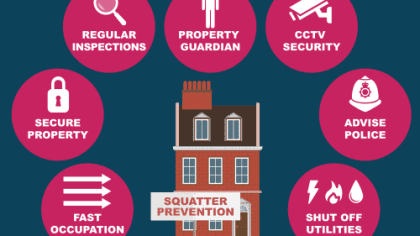Finding affordable housing can be a challenge, especially in high-demand areas. If you’re looking for a way to ease the financial burden of rent, Section 8 apartments might be the solution.
In this guide, we’ll explore everything you need to know about Section 8 housing, from eligibility requirements to finding the right apartment, and tips on navigating the rental application process.
Quick Summary
Section 8 housing provides a vital lifeline for low-income families, the elderly, and individuals with disabilities, helping them secure affordable housing benefits.
The program covers a portion of rent, with tenants paying about 30% of their income. Eligibility is based on factors like income, family size, and citizenship status.
The application process can be lengthy, so it’s essential to apply early. Once approved, finding a Section 8-friendly apartment involves using online resources, contacting landlords, and navigating the rental application process.
Section 8 tenants have specific rights, including protection against discrimination and the right to a safe living environment.
If issues arise, PHAs can assist in resolving them. The program also offers flexibility if you need to move, with options to transfer your voucher to a new location.
Understanding Section 8 Housing
What is Section 8 Housing?
Section 8, also known as the Housing Choice Voucher Program, is a federal assistance program that helps low-income families, the elderly, and people with disabilities afford safe and decent housing.
The housing program is administered by local public housing agencies (PHAs), which provide vouchers that cover a portion of the rent, making housing more affordable for those in need.
How Does Section 8 Work?
Section 8, also known as the Housing Choice Voucher Program, helps low-income individuals and families afford housing by covering a significant portion of their rent.
Here’s a simple breakdown of how it works:
Rent Payment
If you qualify for Section 8, you’ll generally pay about 30% of your monthly income towards rent. For example, if you earn $1,000 a month, you’d pay $300, and the voucher would cover the rest, up to a certain limit. This limit is set by your local Public Housing Agency (PHA) based on average rents in your area.
Choosing Your Home
One of the great things about Section 8 is that you can choose where you want to live, whether it’s an apartment, a house, or a townhouse, as long as the place meets certain safety and qualification standards.
The landlord also has to agree to accept Section 8 vouchers, but many do because the government guarantees part of the rent.
Inspections and Requirements
Before you can move in, the PHA will inspect the property to make sure it’s safe and in good condition. They’ll check things like plumbing, heating, and overall cleanliness. Once the place passes inspection, you’re good to go!
Landlord Participation
Landlords aren’t required to accept Section 8 vouchers, but many do because it means they’ll always get a portion of the rent directly from the government. They just need to agree to follow the program’s rules, like keeping the property in good shape and sticking to rent limits.
Flexibility to Move
Section 8 also gives you the option to move if you need to. This “portability” feature means you can take your voucher with you to a new city or neighborhood, as long as you follow the proper steps to transfer your voucher.
In short, Section 8 is all about making housing affordable and giving you the freedom to choose a place that works best for you while keeping your rent within your budget.
Eligibility Requirements for Section 8 Vouchers
Who Qualifies for Section 8?
Eligibility for Section 8 vouchers is primarily based on income, but other factors like family size, citizenship status, and criminal history can also play a role.
Generally, your income must not exceed 50% of the median income for your area, with priority given to those with incomes below 30% of the median.
Other Criteria
- Citizenship: At least one member of your household must be a U.S. citizen or have eligible immigration status.
- Background Check: PHAs may deny applications based on criminal history, particularly for serious offenses.
- Family Composition: Your household must meet the PHA’s definition of a family, which can include single individuals, elderly persons, or those with disabilities.
How to Apply for Section 8 Vouchers
Steps to Apply
- Locate Your Local PHA: Start by finding your local Public Housing Authority Agency. Each PHA has its own application process and waiting list.
- Submit an Application: Complete the application process with your PHA. You may need to provide documentation such as proof of income, identification, and details about your household.
- Wait for Approval: After submitting your application, you’ll be placed on a waiting list. Waiting times can vary significantly depending on your location and demand for housing rental assistance.
What to Expect
The application process can be lengthy, sometimes taking months or even years. Some PHAs may have closed waiting lists due to high demand, so it’s crucial to apply as early as possible.
Finding Apartments that Accept Section 8
Where to Look
Once you’ve received your voucher, the next step is finding a rental that accepts Section 8. Not all landlords participate in the program, so it’s essential to search in the right places.
Online Resources for Section 8 Housing Listings
- HUD’s Website: The U.S. Department of Housing and Urban Development (HUD) offers a database of available Section 8 rentals.
- GoSection8: This website specializes in Section 8 housing listings nationwide.
- Social Media Groups: Local Facebook groups or community forums may also have postings for Section 8-friendly housing.
Contacting Landlords
When reaching out to landlords, be upfront about your Section 8 voucher. It’s important to ask whether they accept Section 8 and if they’re familiar with the program’s requirements. Building a good rapport with potential landlords can make the process smoother.
Tips for Navigating the Rental Application Process
Preparing Your Application
Even with a Section 8 voucher, you’ll still need to go through the typical rental application process, which may include:
- Credit Check: Landlords will likely run a credit check. Be prepared to explain any negative marks on your credit.
- References: Have a list of references ready, including past landlords or employers.
- Income Verification: While your voucher covers a portion of the rent, you may still need to show proof of income for your portion.
Making a Good Impression
First impressions matter. Be punctual for meetings with landlords, dress appropriately, and come prepared with all necessary documents. This can make you a more attractive candidate, even in competitive rental markets.
Questions to Ask Landlords about Section 8
Important Topics to Discuss
When discussing a rental property with a landlord, consider asking the following questions:
- Is the property currently approved for Section 8? Some properties may need to be inspected and approved before they can accept vouchers.
- What are the lease terms? Ensure that the lease terms align with your voucher’s requirements.
- Who handles maintenance and repairs? It’s essential to know how the landlord manages upkeep, as this can affect your living conditions.
Rights and Protections for Section 8 Tenants
Tenant Rights
As a Section 8 tenant, you have certain rights and protections, including:
- Protection Against Discrimination: It’s illegal for landlords to refuse your application solely because you have a Section 8 voucher.
- Right to a Safe and Habitable Home: Your rental must meet HUD’s housing quality standards, which cover things like plumbing, heating, and safety.
- Right to Fair Treatment: Landlords must treat Section 8 tenants the same as any other tenant.
Handling Issues
If you encounter problems, such as discrimination or maintenance issues, contact your PHA for assistance. They can provide guidance on how to address these issues and may take action against non-compliant landlords.
Maintenance and Repairs in Section 8 Apartments
Who is Responsible?
Maintenance responsibilities in Section 8 apartments are typically similar to those in non-subsidized rentals. Landlords are required to keep the property in a safe and habitable condition, performing necessary repairs as needed.
What Tenants Should Do
As a tenant, it’s your responsibility to report any maintenance issues promptly in your unit. Keep a record of all communications with your landlord regarding repairs. If your landlord fails to address serious issues, you can report them to your PHA.
Exiting the Section 8 Program: Moving or Terminating Assistance
Moving with Section 8
If you need to move, you can often transfer your Section 8 voucher to a new location, a process known as “portability.” However, you must inform your PHA and follow specific procedures to ensure your assistance continues without interruption.
Terminating Assistance
If your financial situation improves and you no longer need assistance, you can voluntarily exit the Section 8 program. Notify your PHA and follow their guidelines to terminate your voucher.





